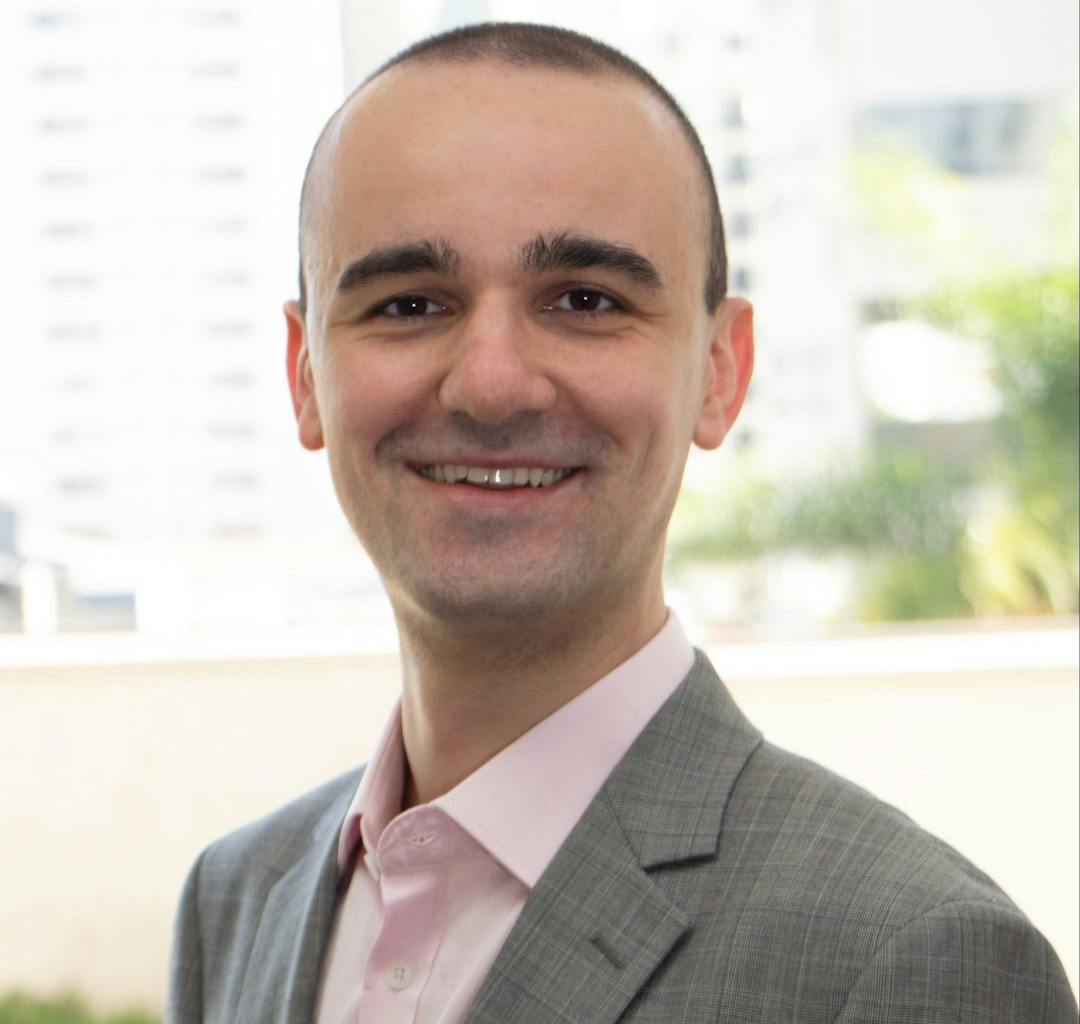Do I Agree? Cognitive Bias and Terms of Service
We all have gone through this at least once in our digital lifetime: as we sign up for a service, we fill in some personal information only to face an extensive list with every imaginable term of service. We then quickly scroll down, click “I agree,” and start using it, unaware of the nuances in data and usage conditions.
Have you ever wondered how long the terms and policies disclosed by leading online services are really? Artist Dima Yarovinsky did, and even transformed them into an impactful art project.1 The result: the technicolored scrolls pictured below, reaching down the wall and (in some cases) sprawling out on the floor.
Printed in A4-size sheets and using standard font size, this visualization of this type of document is both impressive and paradoxical. Everything is there—from personal data storage to advertisement strategies and permissions to use any content you share, even in yet non-existent channels. But just because everything is there, we end up rushing down to the bottom of the screen and agreeing on terms we did not bother to read. It’s all out in the open—and that’s why it’s so difficult to process.

References
- Designboom. (2018). Artist visualizes the lengthy terms of services of large corporations like Facebook and Instagram. Retrieved from: https://www.designboom.com/readers/dima-yarovinsky-visualizes-facebook-instagram-snapchat-terms-of-service-05-07-2018/
- Bristol Street Motors. (2020). Car handbooks are longer than many famous novels – have you read yours? Retrieved from: https://www.bristolstreet.co.uk/news/car-handbooks-are-longer-than-many-famous-novels–have-you-read-yours/
- American Academy of Arts & Sciences. (2018). Time spent reading. Retrieved from: https://www.amacad.org/humanities-indicators/public-life/time-spent-reading#32150
- Case, D. O., Andrews, J. E., Johnson, J. D., & Allard, S. L. (2005). Avoiding versus seeking: the relationship of information seeking to avoidance, blunting, coping, dissonance, and related concepts. Journal of the Medical Library Association : JMLA, 93(3), 353–362.
- Aristotle. (1984). Complete works of Aristotle: the revised Oxford translation. New Jersey: Princeton University Press.
- Golman, R., Hagmann, D., & Loewenstein, G. (2017). Information avoidance. Journal of Economic Literature, 55 (1): 96-135. DOI: 10.1257/jel.2015124
- Maslow, A. H. (1963). The need to know and the fear of knowing. Journal of General Psychology 68 (1): 111–25.
- Narayan, B., Edwards, S. L., & Case, D. O. (2011). The role of information avoidance in everyday-life information behaviors. In Proceedings of the 74th ASIS&T Annual Meeting, ASIST, New Orleans Marriott, New Orleans.
- ToS;DR Team. (n.d.). Terms of service; Didn’t read. https://tosdr.org/
- Schwartz, B. (2005, July). The paradox of choice [Video]. TED: Ideas worth spreading. https://www.ted.com/talks/barry_schwartz_the_paradox_of_choice
- Iyengar, S., & Lepper, M. (2000). When choice is demotivating: can one desire too much of a good thing? Journal of Personality and Social Psychology, 2000, Vol. 79, No. 6, 995-1006.
- Schwartz, B., Ward, A., Monterosso, J., Lyubomirsky, S., White, K., & Lehman, D. (2002). Maximizing versus satisficing: happiness is a matter of choice. Journal of Personality and Social Psychology, Vol. 83, No. 5, pages 1178–1197; 2002.
- Schwartz, B. (2016). The paradox of choice: why more is less, Revised edition. New York: Ecco.
- Thaler, R., & Sunstein, C. (2009). Nudge: improving decisions about health, wealth, and happiness. Penguin Books.
- Soman, D., Cowen, D., Kannan, N., & Feng, B. (2019). Seeing Sludge: towards a dashboard to help organizations recognize impedance to end-user decisions and action. Behavioural Economics in Action at Rotman, September, available at SSRN: https://ssrn.com/abstract=3460734 or http://dx.doi.org/10.2139/ssrn.3460734
- Sunstein, C. R. (2019). Sludge and ordeals. Duke Law Journal, 68, 1843-1882. doi:10.2139/ssrn.3288192.
- Bhargava, S. & Manoli, D. (2015). Psychological frictions and the incomplete take-up of social benefits: Evidence from an IRS field experiment. American Economic Review, 105(11), 3489-3529. doi:10.1257/aer.20121493.
- Manoli, D. S., & Turner, N. (2014). Nudges and learning: Evidence from informational interventions for low-income taxpayers. NBER Working Paper, No. 20718.
About the Author
Tiago Rodrigo
Tiago is a Behavioral Economist and Managing Partner at Arquitetura RH. He has a background in complex and multicultural IT projects, and uses Design Sprints to bring together innovation and behavioral design. In Brazil, he co-leads a lab in São Paulo, where he organizes discussions and implements nudges to help organizations improve choice architecture in digital products, financial awareness among young professionals, and security in industrial contexts.
About us
We are the leading applied research & innovation consultancy
Our insights are leveraged by the most ambitious organizations
“
I was blown away with their application and translation of behavioral science into practice. They took a very complex ecosystem and created a series of interventions using an innovative mix of the latest research and creative client co-creation. I was so impressed at the final product they created, which was hugely comprehensive despite the large scope of the client being of the world's most far-reaching and best known consumer brands. I'm excited to see what we can create together in the future.
Heather McKee
BEHAVIORAL SCIENTIST
GLOBAL COFFEEHOUSE CHAIN PROJECT
OUR CLIENT SUCCESS
$0M
Annual Revenue Increase
By launching a behavioral science practice at the core of the organization, we helped one of the largest insurers in North America realize $30M increase in annual revenue.
0%
Increase in Monthly Users
By redesigning North America's first national digital platform for mental health, we achieved a 52% lift in monthly users and an 83% improvement on clinical assessment.
0%
Reduction In Design Time
By designing a new process and getting buy-in from the C-Suite team, we helped one of the largest smartphone manufacturers in the world reduce software design time by 75%.
0%
Reduction in Client Drop-Off
By implementing targeted nudges based on proactive interventions, we reduced drop-off rates for 450,000 clients belonging to USA's oldest debt consolidation organizations by 46%



















